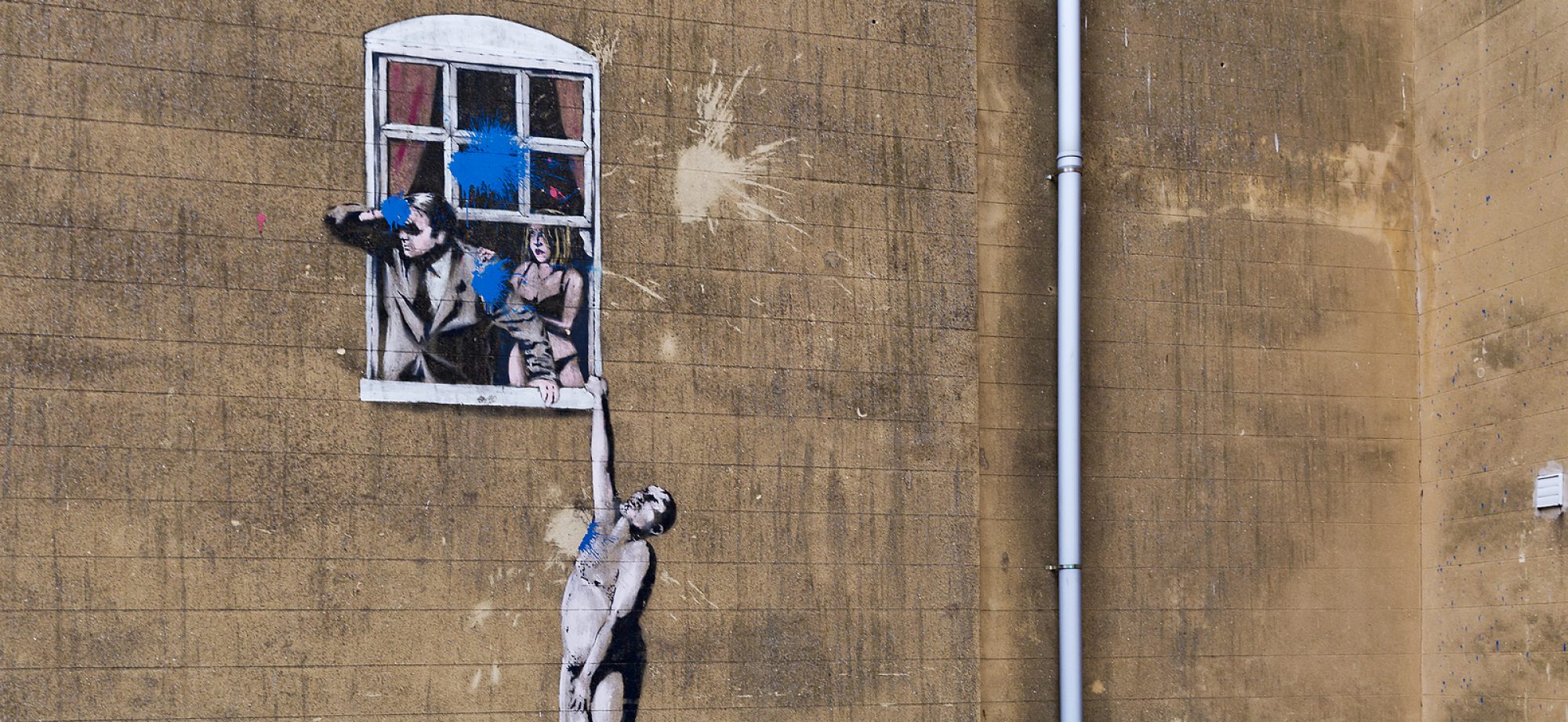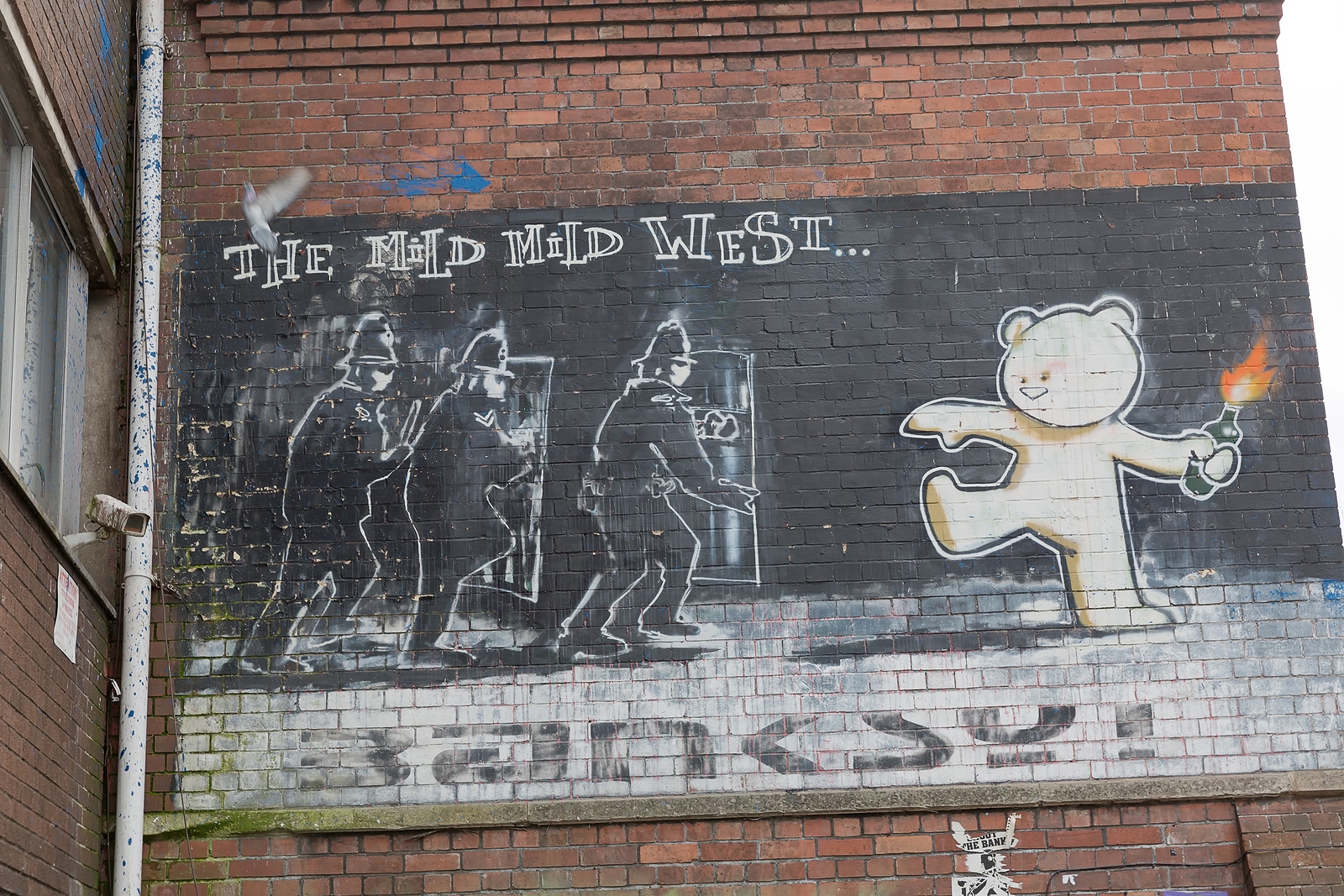Banksy is undoubtedly one of the world’s best-known artists today. His street art pieces are sold for impressive sums, and his global following rises day by day. Banksy’s art is positioned on the thin line between genius art and vandalism. The artist is widely known for minimalist, symbolic street stencils with thought-provoking social, environmental, and political messages, but Banksy identity has miraculously remained secret for all these years. So, who is Banksy? Here are the top three theories that may help shed light on the artist’s personality, background, and creative motives.
Is Neil Buchanan Banksy?
One of the recent theories about Banksy identity has linked him to a presenter of the Art Attack show, which was popular in the 1990s, exactly the period when Banksy’s first art objects started emerging in American and European cities. Buchanan taught children to make art with everyday household objects, so this theory seemed plausible to the fans of Banksy’s focus on simple art forms as mediums for passing eternal, intergenerational messages.
A British Journalist’s Investigation of Banksy Identity
Another theory emerged as a result of a journalist’s investigation by Craig Williams, naming Robert Del Naja, the leader of Massive Attack, as Banksy. This theory was popularized in 2016, and despite its incredibility, it found lots of supportive evidence, especially when the band’s tour schedule got paired with Banksy’s street art emergence. Many Banksy murals emerged in the streets of Los Angeles, New Orleans, and San Francisco exactly when Massive Attack attended the cities with concerts. An additional detail that may point to Naja is the artist’s background in street art in the 1980s.
Banksy as Robin Gunningham
Extensive work of fans and journalists on Banksy’s geographical profiling gave fruit in the form of another theory about Banksy’s personality. This theory also emerged in 2016 to compete with that of Naja; it pointed to Robin Gunningham, a Bristol resident born in 1973, as Banksy. The theory linked Gunningham’s career and the geography of his moves to Banksy’s creative activities. It was further supported by a 2003 BBC interview’s publication, where the artist seemed to confirm having the first name “Robbie.” The interview is publicly available in the BBC Sounds archive, but the theory also found no proof, as Mr. Gunningham never gave official commentary on that statement.
With these theories having their own fans and supporters, Banksy’s personality remains a highly contested topic with no solid evidence. This probably means that Banksy will remain anonymous unless the artist wishes to disclose his real name on his own.

